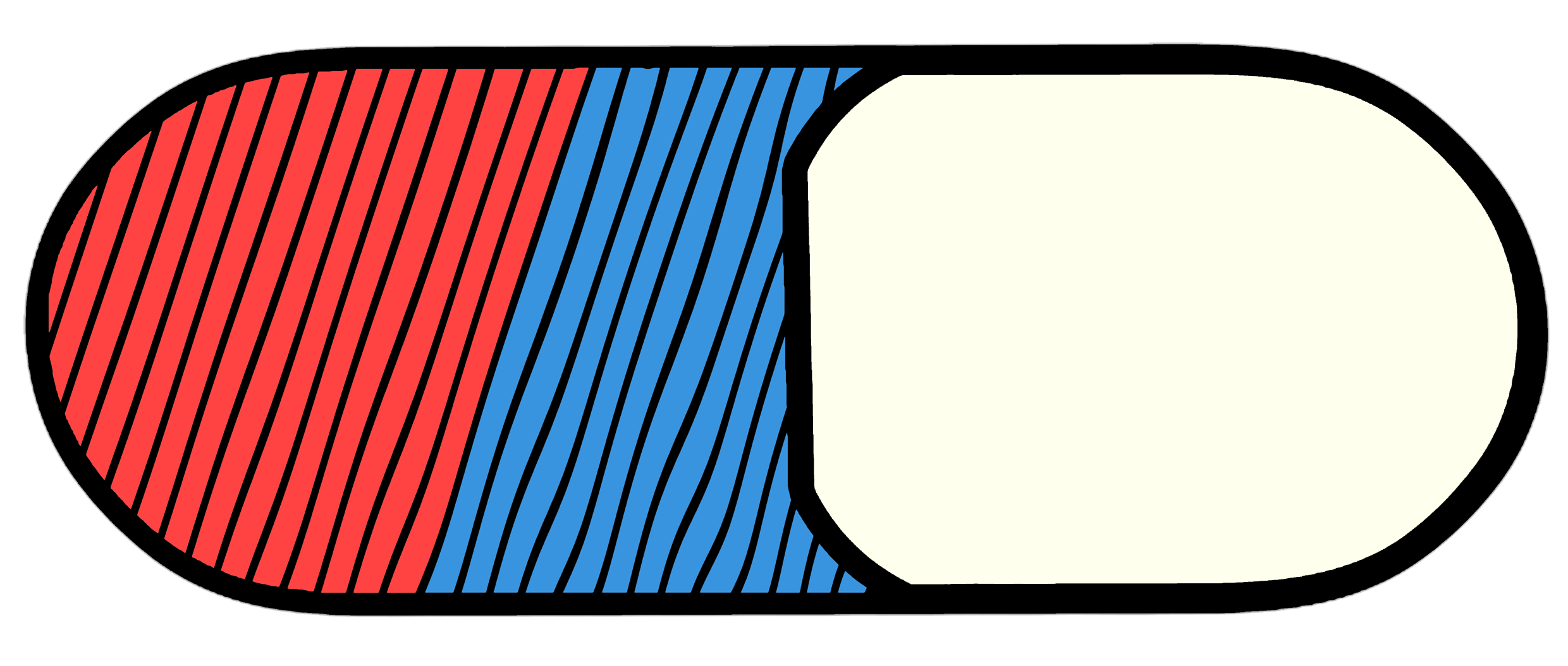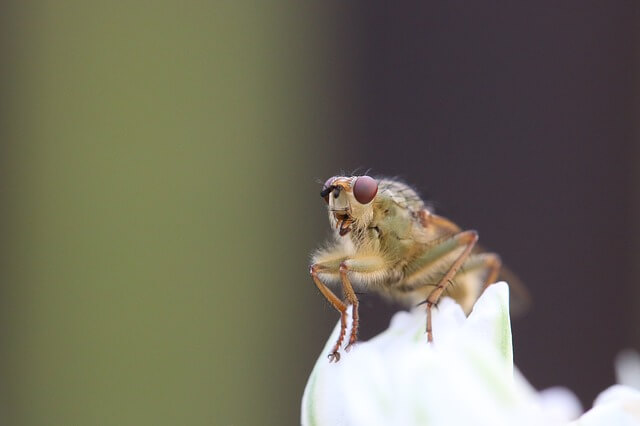
EGFR Signaling: its multiple roles in the symphonic orchestra of insect development
News
Susnata Karmakar

Dr. Gertrud M. Schüpbach, Professor Emeritus of molecular biology at Princeton University, visited the Indian Institute of Science Education and Research, Kolkata on 14th January, 2020. Prof. Trudi, as she is better known, delivered a talk on her research using fruit fly - Drosophila as a model system.
Biological systems are made up of complex interactions between multiple signaling pathways. They relay information in exceptionally reliable but microscopic scales. She pointed out that there are only a handful of such signaling pathways doing all the work during development (the process of a single cell giving rise to a mature adult). She has been working on the EGFR (Epidermal Growth Factor Receptor) pathway in the fruit fly Drosophila melanogaster, and her work has elucidated multiple mechanisms by which it regulates different outcomes at different stages of development.
One can think of the EGFR pathway as a machine that runs a clock. It gets switched on, only when a battery (ligand) is plugged into the battery socket (receptor). This physical interaction sends a signal via wires (secondary messenger proteins) to subsequently switch on a machine that runs the clock (a transcription factor protein which then makes certain other proteins do specific functions). Many of the molecules involved in this process have been observed to be affected in certain cancerous and developmental abnormalities in humans. Studies on the humble fruit fly can help us develop a better understanding of how these pathways normally function.
Prof. Schüpbach has been looking at different roles played by this EGFR pathway during mature egg formation in female Drosophila. An egg comes from the mother, and contains exactly half the genetic information that is present in the adult insect, while the other half of the genetic information comes from the father, through sperms. The sperm and egg fuse to form a single cell with the complete genetic information, which undergoes multiple cycles of coordinated cell divisions and collective cell movements, to eventually form an adult individual. It is fascinating to note that a mature egg (even before fusion with a sperm) already contains adequate information to engineer the initial steps of pattern formation. The very basic and crucial pattern formation in terms of “head-tail” and “front-back” determination is guided by EGFR signaling. The mechanism, by which this is achieved, is a beautiful example of a developmental pathway.
The EGFR pathway starts with a ligand-receptor (battery-socket) interaction. In the fruit fly egg, the receptors and ligands are present in two different cell types, where they are found on the cell membrane. They can only interact when they are present in close vicinity and their interaction activates the response pathway in the cells containing receptors. Of these two cell types, the ligand is expressed in the cell that is known as the oocyte, which goes on to become the future egg. The oocyte is relatively larger in size, and is surrounded by follicle cells, and they carry the receptor (socket). By controlling the allocation of the ligand (battery) inside the oocyte, the system controls the activation of the downstream signaling in only particular follicle cells. (In molecular biology, the terms upstream and downstream refer to the temporal and mechanistic order of cellular and molecular events).

Fig. : An early stage and a later stage of egg development showing differential localization of the ligand in yellow. Images are adapted from Neuman-Silberberg and Schupbach, published in Mechanisms of Development (1996).
In the early stages of mature egg formation, the ligand is distributed all over the oocyte boundaries. This activates EGFR signaling in all neighbouring follicles surrounding the oocyte, which along with other simultaneous signaling from two other pathways, dictates the tail-side (posterior) development in those cells. But in the later stages, the ligand gets allocated only to one side of the oocyte. It then activates EGFR signaling in only a few cells near the ligand. In these cells, EGFR signaling alone drives the back-side (dorsal) development.
What is very interesting, and reflects also what is possible in mammals, including humans, is that the very same receptor can be activated by different ligands that differ in their ability to move from the source. A ligand that does not move far, can only act as a short-range signaling molecule. A ligand which can move over longer distances can form a gradient (high concentration to low concentration) and achieve differential levels of signal activation. Through a complex but predefined interplay of all these factors, the system manages to control the specification of different fates in different cells at different stages of development.
An oversimplified yet elegant analogy could be to think of each signaling pathway as an individual musical instrument in a philharmonic orchestra. And just like in an orchestra, not all instruments play together at the same time. They only play their predefined parts individually, which when played in perfect unison with other predefined instrumentations, can create a sublime symphonic melody.
Susnata Karmakar is a research scholar hitchhiking in the fields of molecular, cell and developmental biology.